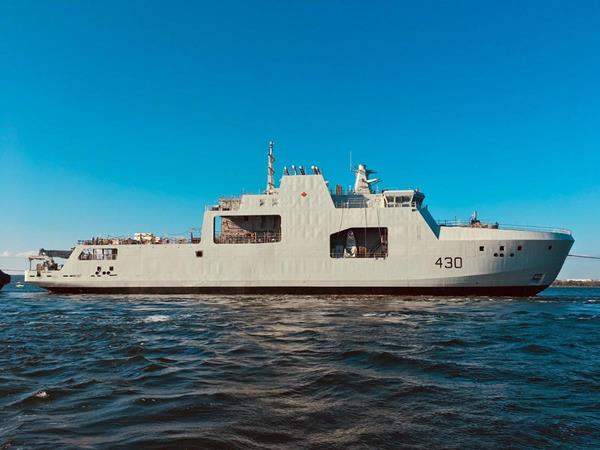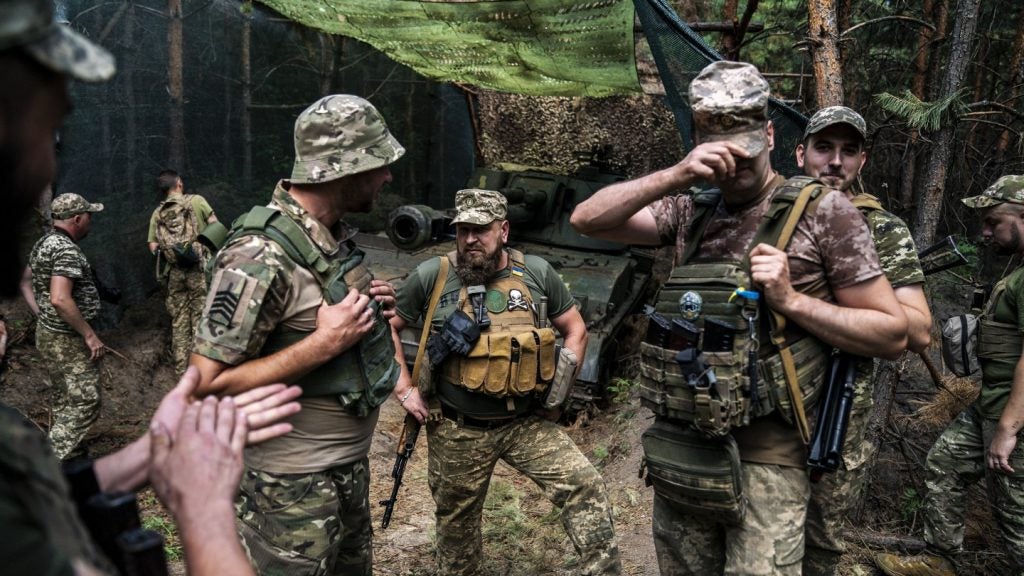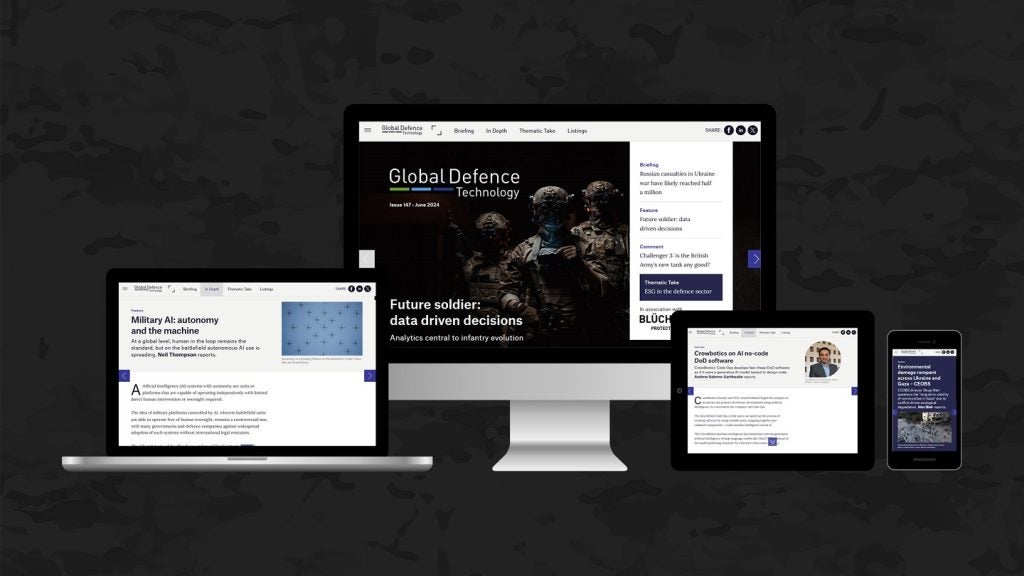
The Royal Canadian Navy’s (RCN) lead Arctic and offshore patrol ship (AOPS), the future HMCS Harry DeWolf, has been launched in the Bedford Basin in Halifax.
Launched by Irving Shipbuilding’s wholly owned subsidiary Halifax Shipyard, the 103m-long navy ship is the largest RCN vessel built in the country in 50 years.
The development of the future HMCS Harry DeWolf helps support Canada’s National Shipbuilding Strategy (NSS), and is expected to strengthen the combatant fleet of the Canadian Navy and improve its maritime surveillance capabilities.
The 6,615t patrol vessel will currently undergo preparatory works for the upcoming sea trials, slated for next year.
Following the sea trials, the future HMCS Harry DeWolf is scheduled to be delivered to the Canadian Navy in mid-2019.
Irving Shipbuilding president Kevin McCoy said: “Congratulations to our more than 1,800 shipbuilders on today’s successful launch of the future HMCS Harry DeWolf.
How well do you really know your competitors?
Access the most comprehensive Company Profiles on the market, powered by GlobalData. Save hours of research. Gain competitive edge.

Thank you!
Your download email will arrive shortly
Not ready to buy yet? Download a free sample
We are confident about the unique quality of our Company Profiles. However, we want you to make the most beneficial decision for your business, so we offer a free sample that you can download by submitting the below form
By GlobalData“This is a significant milestone and the first of many more launches that will take place at Halifax Shipyard over the next few decades as we work to revitalise the Royal Canadian Navy’s fleet as part of the National Shipbuilding Strategy.”
The second and third AOPS, the future HMCS Margaret Brooke and HMCS Max Bernays, are currently under construction at Halifax Shipyard.
Launched by the Government of Canada in 2010, the NSS has been designed to replace the existing fleets of surface vessels deployed for use by the Canadian Navy and the Canadian Coast Guard.
In January 2015, the government awarded a $2.3bn contract to Irving Shipbuilding for the construction of six AOPS.
The patrol vessels are being constructed to carry out armed seaborne surveillance and sovereignty in the country’s exclusive economic zone (EEZ), in addition to the Atlantic, Pacific and Arctic coasts.






